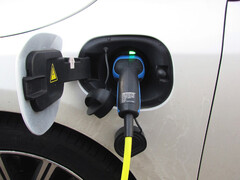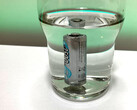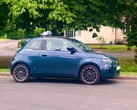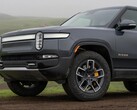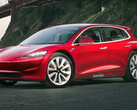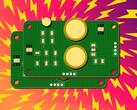On behalf of Lamborghini, researchers at MIT have replaced cobalt, which is important for the cathodes in rechargeable batteries, with a combination of organic materials.
In 2023, 70 percent of all batteries produced used cobalt, which makes up almost 5 percent of each cathode. Overall, the quantity is huge. Around half of global cobalt production is used for batteries.
And the mining of cobalt is a story all of its own. Not a very pretty one, but if you want to read up on it, you can start here.
A similar attempt has already been made with lithium iron phosphate batteries. However, these are quite expensive to produce and offer a lower energy density than a cathode with cobalt, nickel, etc.
The current results of a research group at MIT with the support of Lamborghini are more promising. The manufacturer belongs to Volkswagen and now holds the associated patent.
Conductivity like metal, resistance like metal
Numerous layers of bis-tetraaminobenzoquinones replace the previous cathode in the new battery. The material also has amazing properties that are quite rare for organic substances.
Its electrical conductivity is as high as that of conventional cathodes. In addition, the material does not dissolve in the battery's electrolyte.
According to the researchers, the result is a battery performance that hardly deteriorates and allows up to 2,000 charging cycles. Filler material made of cellulose and rubber stabilizes the cathode, but requires little space, so that the energy density remains at the level of conventional batteries.
In addition, charging should work with particularly high currents, which would ultimately shorten the charging time. The quinones used are already being produced industrially and are therefore readily available.
The developers have already been awarded another research contract: Lithium is also to disappear from the batteries. Sodium and magnesium are currently on the list of possible alternatives. But who knows: bis-tetraaminobenzoquinones were certainly not on the back of everyone's mind to replace cobalt.




